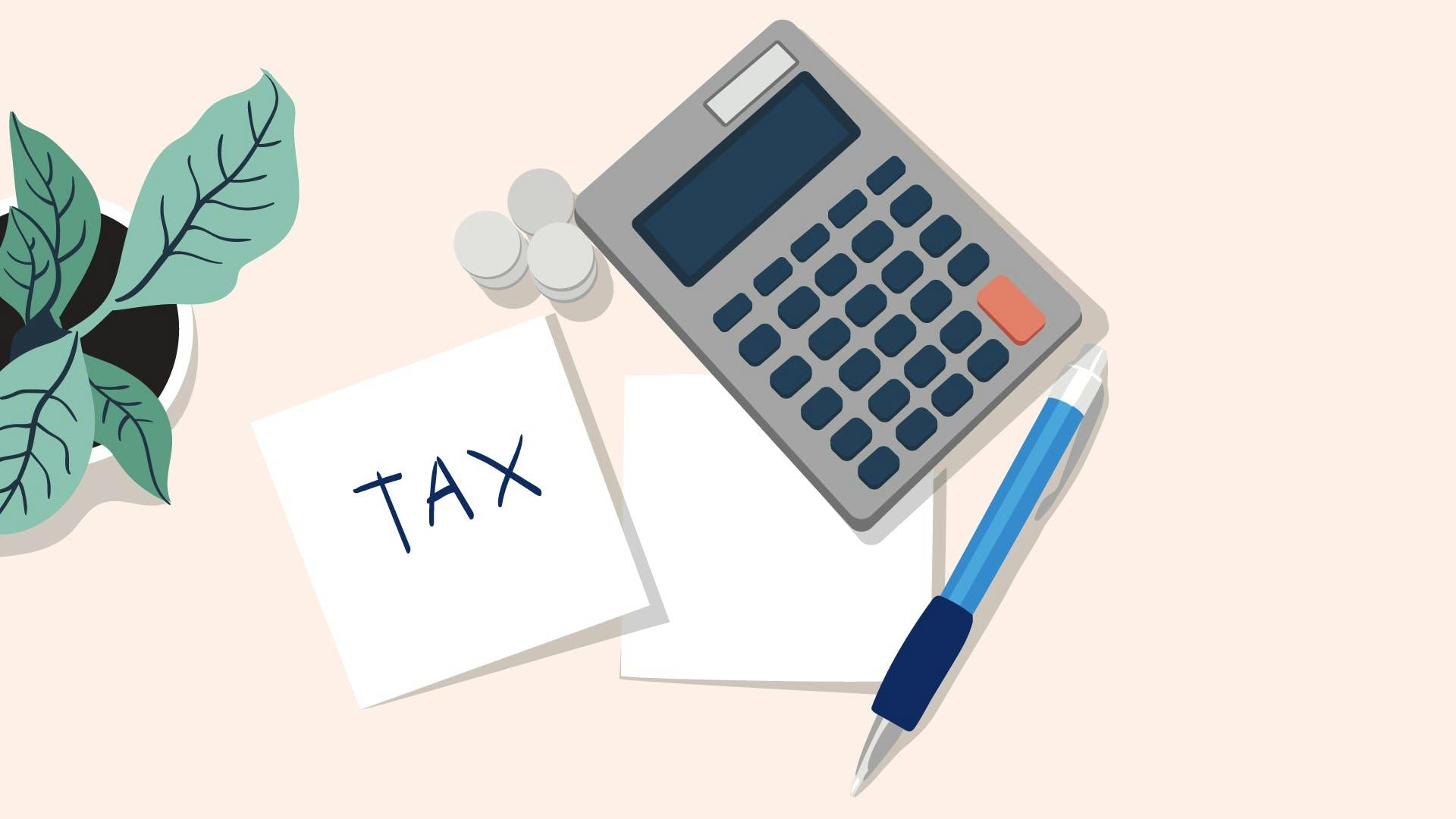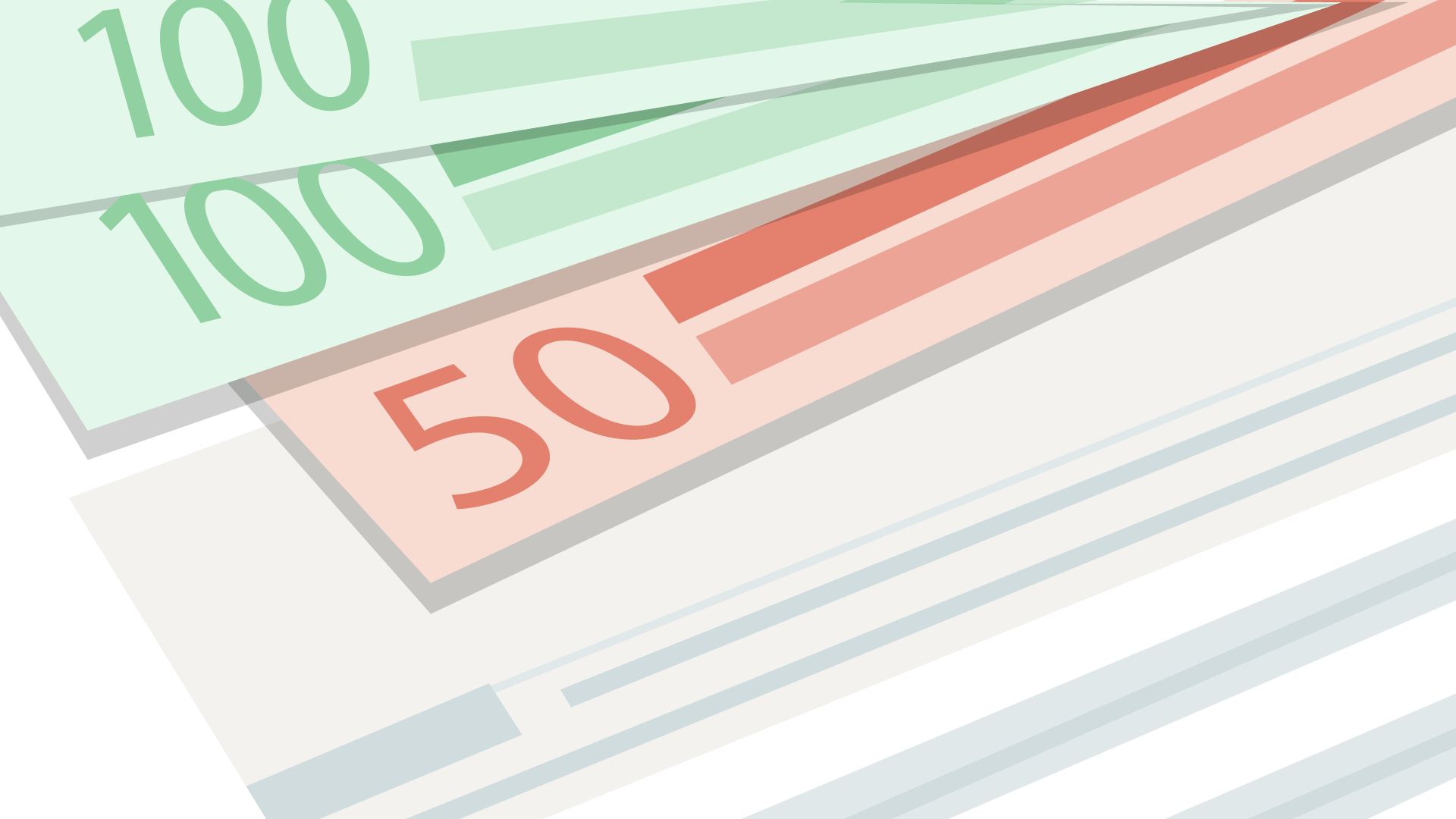VAT collected and distributed, is not your money
One of the most common things I hear from freelancers in their first year, was their initial excitement of collecting an extra 200 EUR here and there on invoices, only to find they had to pay it to the Finanzamt as their pre-payment did not cover it and their expenses did not balance it. With VAT, and the subsequent reporting, you will declare all expenses you had and present the VAT you paid and you will also declare your income, demonstrating the VAT you charged to customers. The balance of VAT you paid for and VAT you collected, is the final summary of your business activity and determines if you owe the Finanzamt money, or if they owe you. For example, if you paid out 100 EUR in VAT spending, and charge 150 EUR in VAT ‘collecting’, you must pay the Finanzamt that additional 50 EUR. Vice versa if you spent more than you collected. Regardless, VAT is not your money. The government relies on you to report and declare on a monthly or quarterly basis, and the only money you will be able to keep for yourself is your income, after tax. That’s why Kontist designed their freelancer accounts as they did, with tools to separate the tax you paid or collected in real time - super handy for maintaining a realistic snapshot of your pre and post tax finances.
Most simply: ‘Buying’ and ‘Collecting’
Buying - anything you purchase in Germany will have VAT applied, unless it is exempt under special circumstances or the persons providing services are exempt (as in, they earn less than 22.000 EUR per year. VAT is applied at one of two rates: 7% or 19%. Unless it is food or a necessity, the rate will be like 19%. Take a look at your last shopping market receipt. You can see a clear breakdown (as required by law) of how much you paid and at what rate of tax. If you purchased or used a service for your business, you will keep these receipts and report the VAT you paid out. Collecting - every time you sell your services or products, you will issue an invoice to collect your payment. This includes transaction receipts, if it is indeed something like an over-the-counter retail product. Each of these invoices will show the breakdown as per the Netto , MwSt and Brutto figures discussed above. To clarify, you will show how much you are charging for your services or product, what rate you have applied VAT tax and the final amount payable by the customer, to you. What you collect, you collect on behalf of the Finanzamt . As mentioned, you will then declare what you have collected, and balance that figure with what you have spent in purchases and their subsequent VAT and thus creating your declaration and determining what is payable between you and the Finanzamt .
So, do you have to pay? Maybe you’re exempt…
Germany recognised not every business would be large enough to accommodate VAT. So, if your revenue is less than 22.000 EUR per year, you can register as a Small Trader or Kleinunternehmer . In this case, you will also need to estimate your income for the following year, bearing in mind that you may be liable for VAT in the case you exceed this revenue cap. In the event of exceeding this limit in the course of a pre-estimated financial year, you will be required to begin paying VAT the following year. In short, the only way to continue as a Kleinunternehmer , is to continually earn less than 22.000 EUR per year. Some trades are also exempt from VAT, such as doctors and people in the health sector. There is also a chance, if you can prove the total amount of VAT paid in your previous year of business is under 1000 EUR you can simply do a yearly VAT declaration. It is also worth noting, there is a law in place that protects income earned from business outside of the VAT system - you are not required to pay VAT on this income, but you still must declare it. In the case of VAT, exemption is not necessarily a good thing. If you do have hefty expenses or equipment to buy, it can be highly beneficial to be able to claim back the VAT you paid. You cannot do this if you are not registered for VAT as you are exempt as a Kleinunternehmer . Most importantly, should you be exempted and registered as such, every invoice you send to a customer or client must include the sentence: “The amount shown contains no VAT in accordance with §19 of the VAT law” auf Deutsch “ Der ausgewiesene Betrag enthält gemäß § 19 UStG keine Umsatzsteuer ”.
Registering for VAT
OK. So, you’ve got to register for VAT. No worries. When you register as a freelancer - if you are already living in Germany, chances are you have already registered with the Bürgeramt or the Einwohnermeldeamt, and if not you can read more about doing that here. You will then need to complete a registration with the Finanzamt that can act as an intention to work as a freelancer. Once submitted, you will receive a tax number under which you should conduct all business. This form is called Fragebogen zur steuerlichen Erfassung , and you can get it here . Now, in this form you will simply select you are registering for VAT. You will provide your bank details also. You will then receive an additional tax number, your VAT number which is also to be used at all times as you conduct business.



